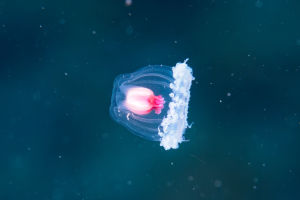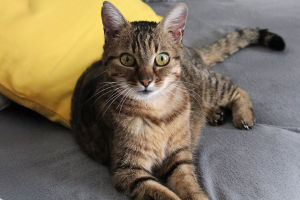Have you ever wondered how domestic cats became such an important part of human life? Cats are everywhere today—on social media, in homes, and even in popular culture.
But their journey from wild hunters to beloved companions is a story that spans thousands of years. This article explores the fascinating history of cats, from their sacred roles in ancient Egypt to their modern-day lives as cherished pets.
Origins: From Wild Hunters to Human Companions
The story of the domestic cat begins around 9,000 years ago in the Near East. Wildcats, ancestors of today's cats, started living near human settlements to hunt rodents attracted by stored grain. Humans, in turn, appreciated their hunting skills. This mutual benefit laid the foundation for the domestication of cats, which happened gradually and naturally rather than by deliberate breeding.
Ancient Egypt: Cats as Sacred Guardians
Cats reached a unique status in Ancient Egypt about 4,000 years ago. They were revered as protectors against evil spirits and pests. The goddess Bastet, depicted as a lioness or as a woman with a cat's head, symbolized home, fertility, and protection. Killing a cat, even accidentally, was forbidden and could be punished severely. Cats were so valued that they were often mummified and buried with their owners. This reverence helped cats spread throughout the Mediterranean region as Egyptians traded and traveled.
Cats in Ancient Civilizations Beyond Egypt
After their rise in Egypt, cats found places in other ancient cultures. In Ancient Greece and Rome, cats became appreciated for their pest control, but they did not reach the same sacred status as in Egypt. Still, cats began to travel with merchants and sailors, helping control rats on ships. This helped cats reach new continents and establish their presence worldwide.
The Middle Ages: Changing Attitudes and Survival
The Middle Ages were a challenging time for cats. In Europe, cats were sometimes associated with superstition and witchcraft, leading to their persecution. Despite this, cats survived because their role in controlling pests remained crucial. In fact, without cats, the spread of diseases like the plague might have been worse, as rats carried fleas that transmitted illness. The usefulness of cats ensured their survival during these difficult times.
The Renaissance and Beyond: Cats as Pets and Symbols
During the Renaissance, attitudes toward cats began to improve. They became popular as pets among the European nobility and common people alike. Cats appeared in art, literature, and folklore, symbolizing independence, mystery, and even good luck. The spread of cats across Europe accelerated with increased travel and trade.
Cats Enter the Modern Home
By the 19th and 20th centuries, cats were firmly established as household pets. The rise of urban living increased the demand for companion animals. Cats adapted well to indoor life and offered comfort and companionship. The establishment of cat shows and breed standards helped popularize specific types of cats, like the Siamese or Persian, turning cats into beloved figures in many families.
Today's Cats: Companions, Celebrities, and Internet Stars
In the 21st century, cats have become cultural icons. Their playful personalities, unique behaviors, and mysterious charm make them favorite subjects for books, movies, and especially online videos. Cats in homes worldwide provide emotional support and joy. According to the American Pet Products Association, over 40 million households in the United States alone have at least one cat. This modern love affair with cats continues to grow every year.
Conclusion: What Can We Learn From Cats' Journey?
The history of domestic cats shows a remarkable journey from wild hunters to sacred animals and finally to beloved companions. Their survival and adaptation through diverse cultures and eras demonstrate their resilience and the deep bond they share with humans. How has your experience with cats shaped your view of these amazing creatures? Share your stories or thoughts—after all, cats continue to inspire curiosity and affection worldwide!


